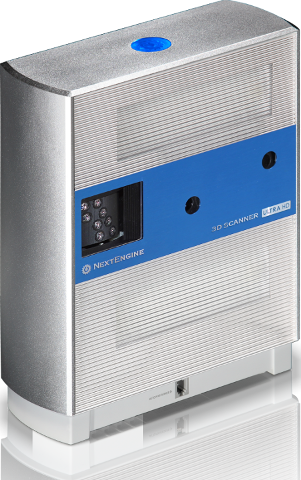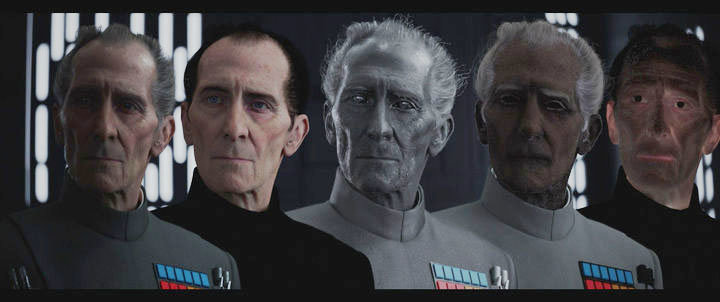Next Engine’s 3D scanner was used to recreate Peter Cushing’s character Grand Moff Tarkin in Rogue One. Industrial Light and Magic (ILM), George Lucas’ visual effects studio, used the Next Engine machine in order to scan a model of Cushing’s face. This enabled the Star Wars team to digitally resurrect the actor who died over 20 years ago.
3D scanning, as it advances in capabilities, is helping to capture objects in as close to reality as possible. While we have originally looked towards two-dimensional photography to document or record an event or object in closest likeness to how we see it. Now, 3D scanning seems to have taken this one step further. This is evident as 3D scanning company FARO have created a device for use by police departments to document a crime scene in three-dimensions. Traditionally using digital cameras to provide evidence of the scene, the use of 3D scanning takes a much more detailed approach.
Rogue One was a box office success as it recently surpassed the $1 billion mark. In order to reach this milestone Disney used 3D scanning to produce the movie and 3D printing for promoting it. The marketing team for Rogue One employed an ErectorBot to 3D print a Death Star in Madrid to celebrate the release of the movie. The only question was to how they got the plans?

The process of recreating Peter Cushing
In order to reproduce Cushing’s character for the film, British actor Guy Henry was cast. Henry was used as the foundation for Grand Moff Tarkin’s character. However, it was a difficult process. While visual effects have been used for years by the film industry to digitally create fantastic characters like aliens and monsters. Creating impressive realistic human characters is quite different. There is a clear point of reference for how Tarkin should look unlike with conventional use of visual effects to create more bizarre characters such as Jar Jar Binks.

ILM began the process by studying Tarkin’s character in the original Star Wars film A New Hope. It wasn’t until they found an old life cast of Cushing’s face from the 1984 movie, Top Secret, that the visual effects team made real progress. Using this cast, ILM were able to sculpt Tarkin’s face with the use of CGI and digital models. ILM brought in a Next Engine 3D scanner to create a digital 3D model which they could then map over Guy Henry’s face. This gave the team a detailed point of reference for Tarkin’s character.

On whether they should have done it
While 3D scanning proved the perfect tool to bring Cushing’s character back to life. Many have questioned whether they were right to do so. Visual Effects Supervisor for Rogue One, John Knoll has reacted to criticism about digitally resurrecting dead actors Peter Cushing and Carrie Fisher,
We weren’t doing anything that I think Peter Cushing would’ve objected to. I think this work was done with a great deal of affection and care. We know that Peter Cushing was very proud of his involvement in Star Wars and had said as much, and that he regretted that he never got a chance to be in another Star Wars film because George [Lucas] had killed off his character.
Princess Leia, played by Carrie Fisher, was also recreated for Rogue One with visual effects. However, Fisher was still alive at the time of production and when asked about the process, she “was very much in favor of it.”
Nominate your favorite 3D scanning technology in the 1st Annual 3D Printing Industry Awards.
Featured image shows Peter Cushing’s digitally formed representation. Image via Disney.



